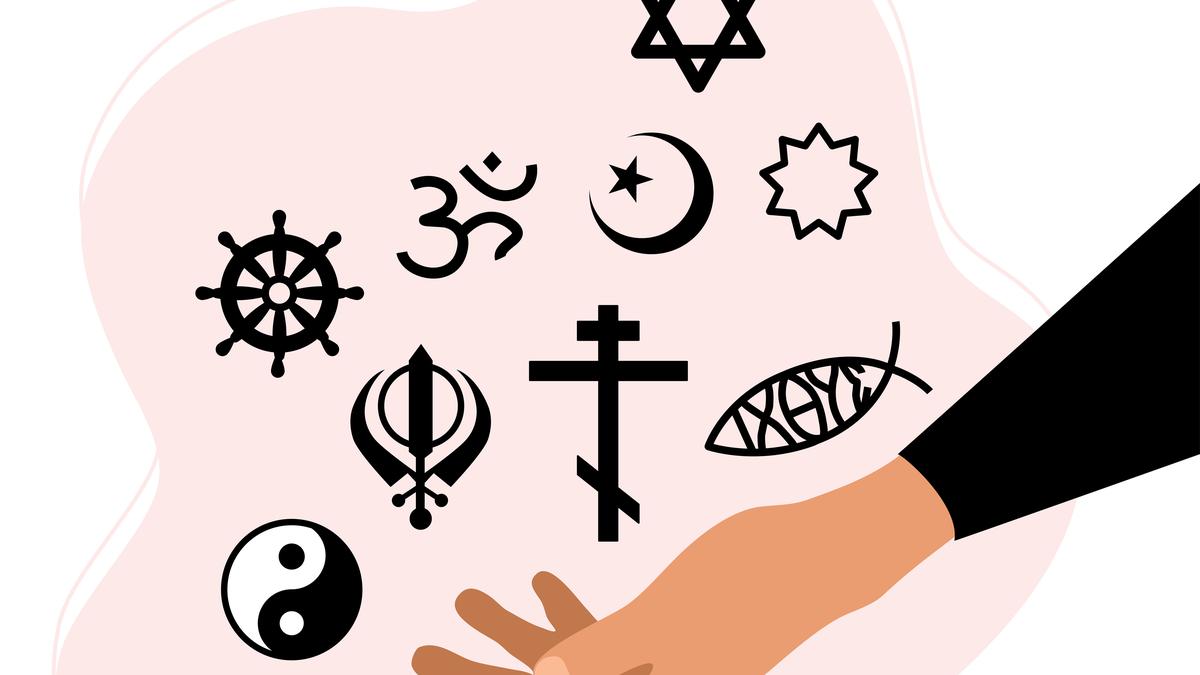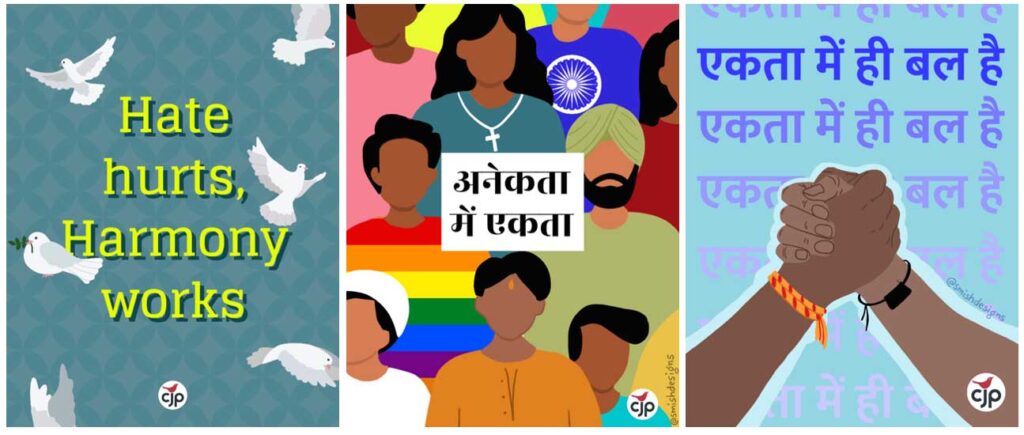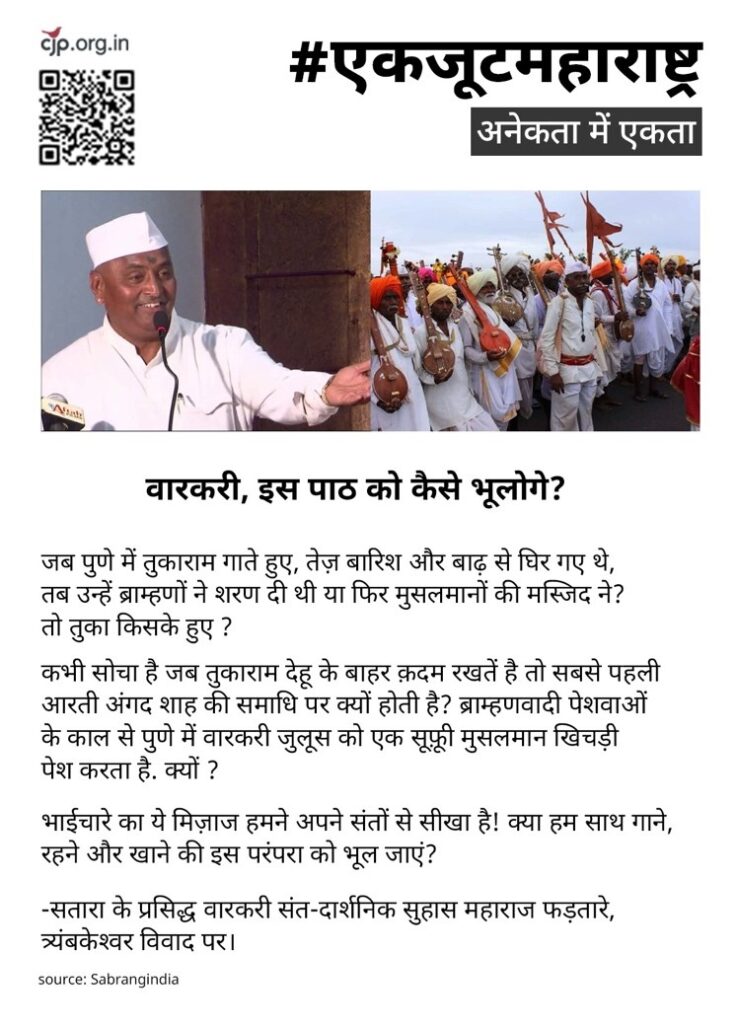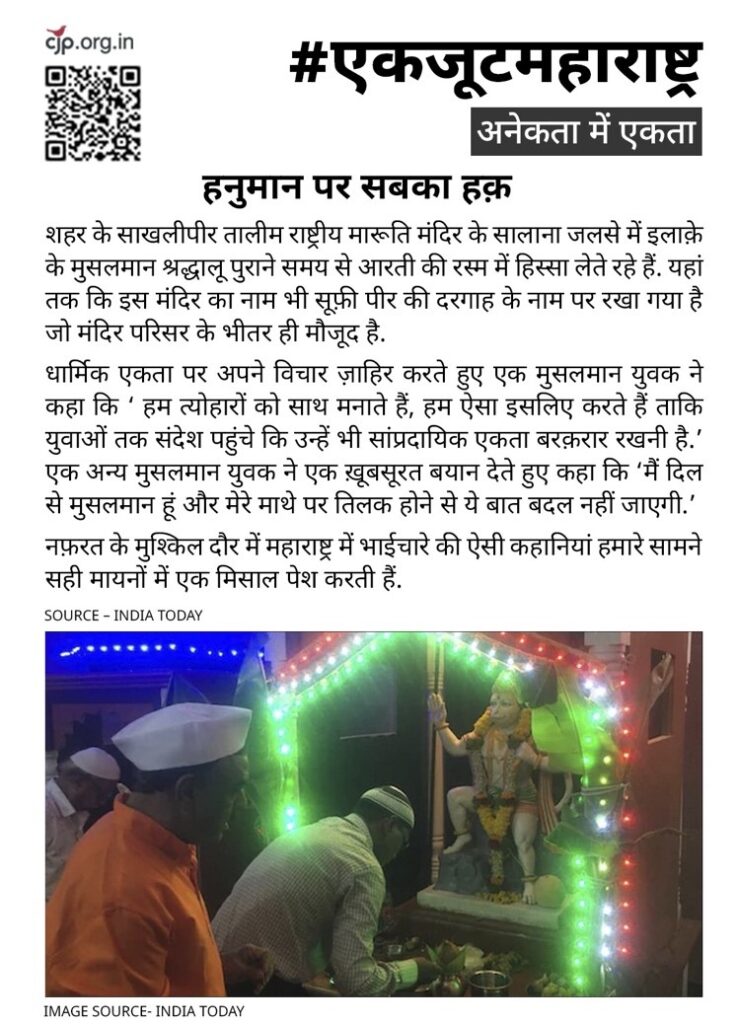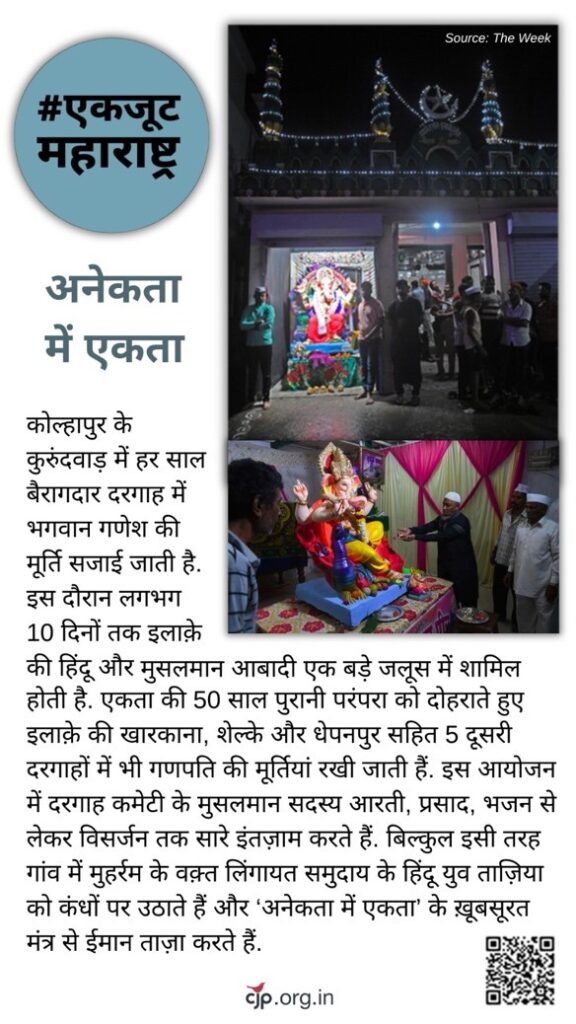“Darkness cannot drive out darkness: only light can do that. Hate cannot drive out hate: only love can do that.” – Martin Luther King. Jr.
In a significant leadership move to counter escalating politically driven hate, the United Nations General Assembly established June 18 as the International Day for Countering Hate Speech through a significant resolution in 2019. The aforementioned move occurred at a unique point in world history, when hate speech seemed to have become the norm in various regions of the world. Many countries’ minorities have faced targeted threats, prejudice, and hatred, which this day wants to raise awareness of so that united efforts can be done to oppose such attacks.
In recent years, four years since, the world has seen a significant spiral in hate speech content around the world, particularly in online forums. Although there is no universally accepted definition of hate speech, it is now commonly believed to apply to any type of utterance that promotes stigma and hatred, discrimination, especially the kind that incites violence (causes mentally or potential physical harm) against a person(s) or a particular group based on their religion, ethnicity, race, caste, gender, or other identification trait.
Hate speech has become one of the most effective tools to spread divisive thoughts and ideologies and provoke discriminatory acts especially against already scapegoated, particularly disadvantaged communities. It has the potential to harm individuals who are targeted and thereafter confronted met with prejudice, antagonism, and violence. The peculiar and deleterious quality of such hate speech and content is that it dehumanizes, demonizes, and others individuals or groups of people, frequently reducing them to dangerous stereotypes that can be used then by extremist groups (even mobs who enjoy political support and impunity) to justify the violence meted out against that victimized person or group.
In recent years, both in South Asia as a whole and India particularly, a hate enabling environment has been allowed, politically, to prevail. Powered by political motives of seeking electoral victory based on hate-driven narrow identity-based support, these identifiable hate mongers and groups do so being ensured impunity from the long hands of the law. Social media, Twitter, Meta, WhatsApp, Redditt, GitHub, Insta –and newer platforms have become suitable platforms (due to the algorithms inbuilt) to enable hate content and videos go ‘viral’.
Battling hate has therefore thrown up specific challenges for the independent media, social activists, and peace workers. Newer and more creative challenges on how to beat down this perpetrated campaign and allow issues of everyday life and needs – songs music, jobs, food, hunger, inflation, education, and health –to prevail.
The Maharashtra challenger
Maharashtra, the western Indian state that has had a rich past, dotted often as this is with bouts of violent division (1971, 1984, 1992-1993 and others) has been chosen by the powers that be to dangerously experiment with such hate. Since September 2-022, four months after a new dispensation captured power in the state, rallies with repeated and shrill hate speech –all amplified on social media—have dominated the public discourse. These have been not just documented by Citizens for Justice and Peace by its HateWatch team but complaints have been filed by us to police and administrative authority’s vis a vis almost each of these incidents, often pre-emptively, that is before such an incident takes place. The Supreme Court of India has issued specific and detailed directions to authorities first in Uttar Pradesh, Uttarakhand, and Delhi, thereafter extended to all states when Maharashtra’s serial hate speeches were brought to the court’s attention.
Not content with legally complaining, ours has been a counter hate campaign with multiple dimensions. Creating factsheets and pamphlets, posters, and stickers, holding workshops and dialogues, working with artists, musicians, and theatres persons: all geared to one end. Conversations, debates, dialogues, and workshops with smaller and larger numbers of women activists, office goers, in our trains, buses parks and even outside temples, churches and mosques and gurudwaras. In the committed and firm belief that the vast majority not just believes in a shared existence but lives every day, a life of shared diversity and dialogue.
The everyday mental harm, distaste, alienation, and anger caused by the corrosive WhatsApp University that is brazenly peddled by the most powerful in this land and their ‘IT Cells’ remained a challenge for us though. Hate busters, detailed and brief, around the issues repeatedly peddled by those who merchandise hate are our major contributions, week on week.
Bringing to the fore tales of lived diversity, harmony, co-existence, shared histories, and extraordinary courage. To create a parallel and powerful counter narrative and through this bond counter communities here was what we have been doing.
#EveryDay Harmony
#Ekjut Maharashtra
These are just small pithy and powerful creations by the CJP Team. We may call it a unity campaign all India, then focusing on the state of Maharashtra.
What we do:
We compile stories of harmony and share them widely to diverse groups of farmers, workers, professional groups, homemakers, opinion makers, legislators, students, teachers.
CJP celebrates Maharashtra, and India’s rich inter-religious harmony by sharing inspiring stories and perspectives, traditions and historical incidents through videos, photos, or text, illuminating the timeless bonds that unite us across faiths.
Inter-faith harmony in everyday life
Do you know why, whenever Tukaram– the beloved saint philosopher poet’s– palanquin travels out of Dehu, an Arti is performed at the samadhi of Angad Shah? Do you know that during Peshwa Raj perceived to be repressive, it was a Sufi Muslim who would offer khichdi to the percussionists? Satara’s beloved and popular Varkari saint, Sant Darshanik Suhas Maharaj Phadtare’s response to the deliberate anti Adivasi conflict perpetrated at Trikambeshwar, June 2023.
Collective Hanuman Jayanti in Pune
In 2022, amid the backdrop of communal riots in other regions of the country and objections to loudspeakers outside mosques, Hindus, and Muslims in Maharashtra’s Pune celebrated Hanuman Jayanti together. A yearly custom for Muslims is to perform aarti on Hanuman Jayanti at the city’s Sakhlipir Taleem Rashtriya Maruti Mandir. In actuality, the temple is named after Sakhlipir Baba, who also has a dargah on the site. Ravindra Malvatkar, the president of Sakhlipir Taleem Rashtriya Maruti Mandir, has also said that the upkeep of the dargah is done by a Hindu. He had further said that “We had iftar outside temple for Muslims residents on Friday. We have been doing it for 35 years now. Some people spread the rumours that iftar is happening inside the temple and non-veg food was served. This was not true, it happened outside the temple and only fruits were served. So people try to spread hate but we are not giving up.”
The Dargah of Sufi saint, Makhdoom Ali Mahimi, Mahim Mumbai
Patronised by even the Mumbai police, who lead the ceremonial placing of “chaddar during the annual Urus and mela between the months of December- January. This tradition is said to have continued even into the British era. On the first day of the ten-day long Urus, the Mumbai Police lead the ceremonial procession to the dargah with the chadar that is eventually laid on it. The local DCP leads the procession, while the senior inspector of the Mahim police station offers the chadar at the dargah believing it assists not just harmony but their ability to investigate and solve cases!
Lords Ganesha inside the Bairagdaar Dargah, Kurundwad, Kolhapur
During Ganesh Chaturthi a grand procession for ten days as an idol of Lord Ganesh is set in the Bairagdaar dargah to celebrate Ganesh Chathurti festivities, which sees the coming together of the Hindu and Muslim communities. This is in Kurundwad in Kolhapur and the town of 30,000 people is an oasis of communal harmony, having observed Ganesh Utsav and Muharram with equal fervour for years. Member of dargah’s organising committee on this local history, “In 1983, the people of Kurundwad celebrated Ganesh Utsav and Muharram on the same day (as the dates coincided) by installing the idol of Lord Ganesh inside the dargah. A joint celebration marked the festivities the following two years, too. Again, in 2018, 2019 and 2020, the festival dates coincided, and we installed the deities together and offered prayers for 10 days before the visarjan (immersion).”
Radiating religious amity, a Muslim typically installs the Ganesh idol, and an elder from the community is chosen to perform the aarti. Similarly, during Muharram, a Lingayat youth is chosen to carry the Pir (an idol decked with colourful clothing symbolizing the Pir is carried in a procession) to the dargah. Muslim families alternate sponsoring the Ganesh idol, and the prasad—chonga (sweet chapati) for Muharram and modak for Ganesh Utsav—is switched. Muslims, like Hindus, apply a fragrant ointment on their foreheads.
Countering hate is a deeply felt and urgent need today. Because hate is not of the ‘normal’ kind but one that is being generated for devious political ends. To preserve sanity during such propaganda –especially for victimized communities –is hard. By spreading love and messages of peace, we go a long way in preventing escalation of this into violence, arrest the spread of rumours and misinformation. Faith in the Indian Constitution and its values, peace and nonviolence, dialogue, not argument, pluralism, and representation/agency of the marginalized provide the way.
These examples of peaceful co-existence, harmony, love, and respect for each other are only a glimpse at the precious togetherness that exists between people of Maharashtra, barring their religion, caste, gender, creed, etc. There are many more such examples that CJP will continue to promote and propagate in the face of this hatred and intolerance being purported by political leaders, their extremist outfits, and media. Our daily lives, our food, our rituals, and our homes house stories that our stronger than those that attempt to divide and polarize outside worlds. CJP has been and will consistently and aggressively advocate this alternate positive discourse with our own creative clarity.
This is our unique, everyday contribution that we share on June 18, International Day for Countering Hate Speech.
Related:
Paving a path to peace: CJP’s efforts at uniting India
Here’s why CJP is holding interfaith meetings & reviving Mohalla Committees
CJP’s Mohalla Committee initiative draws enthusiastic response and support from citizens
CJP In Action: Huge response to CJP’s NRC meeting in Mumbai. Mohalla Volunteers to be formed.
WE NEED TO MAKE LOVE, PEACE, HARMONY AND SOCIAL PROGRESS LOOK COOL: SHEHLA RASHID
EVERYDAY HARMONY: HINDU FAMILIES HELP ENSURE PEACEFUL WEDDING FOR MUSLIM NEIGHBOUR
EVERYDAY HARMONY: KASHMIRI PANDITS WELCOME BACK HAJIS WITH NA’AT RECITAL
